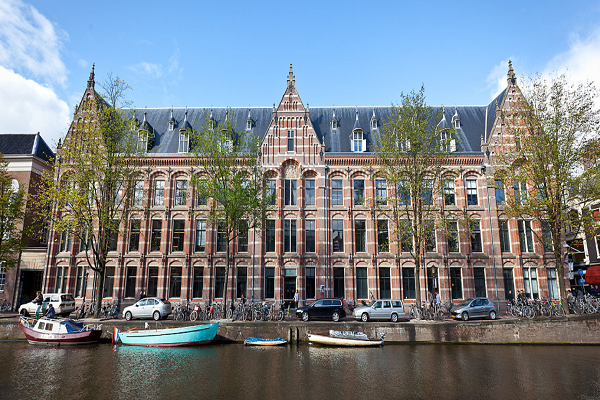University of Amsterdam: Sloshing electrons in a charge density wave
The material is a transition-metal dichalcogenide, VSe2, so named as it is made from elements from the transition-metal row and chalcogenide column of the periodic table. VSe2 can undergo a phase transition where it changes from an ordinary metal into a state where its electrons behave like a ‘quantum fluid’. To be able to observe and study the wave that these electrons then form, the so-called charge density wave, the researchers used a technique known as optical spectroscopy, which allows them to study the ‘sloshing’ motion of the density wave as it responds to the electric field of light. This motion is usually difficult to measure, because the wave motion is disrupted by small defects and impurities in the crystal. Recent advances in crystal growth minimize the number of defects in VSe2 and made it possible to see signatures of the hard-to-observe charged density wave.

